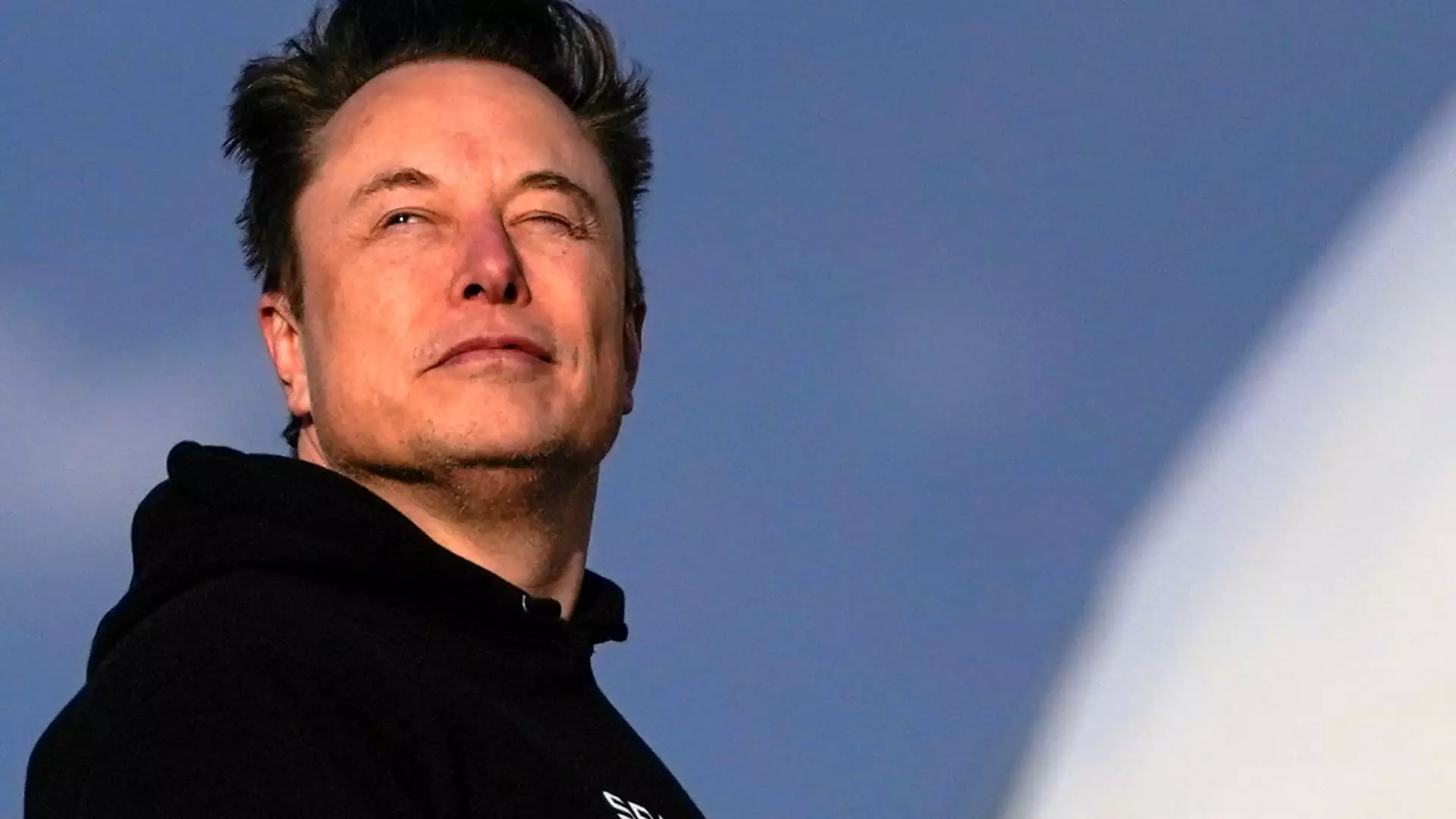In an audacious strategic maneuver, Elon Musk has combined his ambitious AI startup, xAI, with his social media platform, X (formerly Twitter). This all-stock merger values xAI at a staggering $80 billion, while X stands at a valuation of $33 billion. Such significant figures underscore Musk’s relentless ambition—melding the realms of social media with artificial intelligence in a way that has never been attempted before. Musk’s announcement on social media declared this merger as a crucial step towards harnessing the immense potential of combined resources: data, computational power, models, and talent. But what exactly does this encounter signify for the tech landscape?
The Interplay Between AI and Social Media
Musk’s vision for uniting xAI and X highlights an interesting dynamic—the synthesis between advanced artificial intelligence and a vast social media user base. By integrating xAI’s sophisticated AI capabilities with the extensive reach of X, there’s an exciting potential for developing tools that could transform user experiences, marketplace dynamics, and even the structuring of social interactions. Musk has positioned xAI as a counterweight to prevailing giants in the field, such as OpenAI, Google, and Microsoft. This merger acts like a strategic playbook, aiming to position X and xAI at the forefront of the rapidly evolving AI market.
Given Musk’s contentious departure from OpenAI and subsequent rivalry with its leadership, the merger seems to reflect a deep-seated desire to reclaim a leadership role in the AI narrative. The tumultuous relationship with OpenAI adds a layer of complexity to this merger, as it raises questions about Musk’s motivations. Is this a quest for redemption, or is it a calculated move designed to re-establish dominance in a tech arena Musk believes is deviating from its original ethical and operational imperatives?
Innovative Projects on the Horizon
The merger immediately sparks curiosity about the projects that will emerge from this collaboration. xAI’s development of the Grok chatbot, already accessible on X, signals a melding of functions that could redefine the team-going experience on social media. Moreover, plans for Colossus, a supercomputer under development in Memphis, indicate that there is more than just market positioning at play. Colossus promises to be a high-powered engine for training AI models, effectively positioning Musk’s enterprises as potential power players in the growing marketplace for AI services.
In June, xAI’s announcement of this supercomputer was coupled with the exciting implications of what such infrastructure could lend to both AI research and social media operations. Given that competing entities are rapidly advancing their AI technologies, Musk’s strategic alignment with X matches a need to innovate quickly in order to remain relevant.
Musk’s Multifaceted Pursuits
Elon Musk’s portfolio is nothing short of expansive, enveloping industries that span electric vehicles, space exploration, and now artificial intelligence. In overseeing various initiatives ranging from Tesla to SpaceX, Musk is also actively engaged in politics, as evidenced by his significant contributions to Republican campaigns and participation in government efficiency sectors. His recent appointment as the head of the newly established Department of Government Efficiency (DOGE) raises eyebrows—drawing concerns regarding the intertwining of corporate interests with political power.
As Musk navigates overlapping roles in both public and private sectors, he has positioned himself as a unique player in the tech and political arenas. This overlap suggests that the mergers he undertakes, such as that of xAI and X, are not merely financial moves but integral parts of a larger vision of a future where he can exert influence across multiple platforms.
Historical Context of Musk’s Mergers
It’s crucial to recognize Musk’s history of mergers, notably Tesla’s controversial acquisition of SolarCity back in 2016. This previous transaction faced backlash and legal scrutiny, primarily over allegations of self-enrichment and conflicts of interest. The settlement that favored Musk calls into question the ethical landscape that surrounds his business decisions. Critics may argue that the latest merger between xAI and X could follow a similar path, underscoring a recurrent theme of bold, sometimes reckless ambition in Musk’s business strategy.
As we observe Musk’s current trajectory, it becomes clear that his vision encompasses a disruptive innovation model—one where the lines between technology, media, commerce, and government blur. Whether this will yield unprecedented success for Musk’s ventures or lead to a fallout similar to that of SolarCity remains to be seen, but one thing is certain: the dialogue around these activities will be as dynamic as the technology being developed.


Leave a Reply